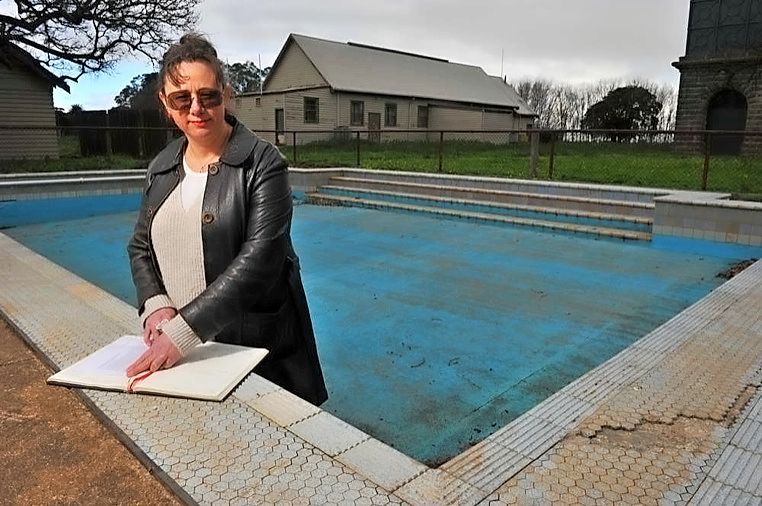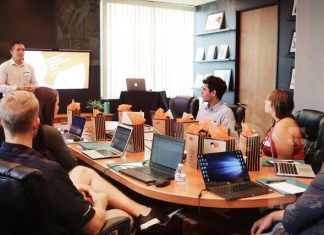
Writer Monika Schott has an ear for a good story.
So when she first visited the abandoned town of Cocoroc, at Melbourne Water’s sprawling, 10,500-hectare western treatment plant in Werribee last year, her interest was piqued.
To date there has been little written about the ghost town, which was the largest of four towns where Melbourne Metropolitan Board of Works (MMBW) employees were offered rented accommodation while working on its sewage farm at Werribee.
At the time, workers were employed on one of the largest and most important publicly funded projects undertaken in Australia in the 19th century.
After a royal commission investigated the prevalence of airborne diseases in Melbourne, the MMBW was formed in 1891 to build a system that could whisk the city’s sewage away and treat it to a point where it would be clean enough to discharge into Port Phillip Bay.
So far, little has been documented about the towns that sprang to life in Werribee, so Ms Schott decided the story needed to be told and that she’d be the one to do it.
“Sometimes you see something and it just seems so obvious,” she says.
“A light bulb went off; I saw the story.”
The Werribee resident has been offered one of 10 Deakin University industry research scholarships for PhD students beginning their candidature this year.
She has partnered with the university and Melbourne Water to complete the study over the next four years, and will officially begin next week.
Preliminary research has already involved Ms Schott in about a dozen informal interviews with former Cocoroc residents and she has uncovered some fascinating stories.
“There’s a bomb shelter here,” she said, as she walked around the old swimming pool built by Cocoroc residents themselves (the town’s name is the Koori word for frog).
“People who worked here could rent a house, and they were given two cows for milking. It’s been described as a kind of utopia.”
She says the point of her research is to find out what made the towns such a success.
“What cohesion was there to make it so strong, that made the community stick together enough to make people not want to move away?,” Ms Schott asks.
“Even up to the early 1970s some people chose to live here, without power.”
She plans to write a creative non-fiction novel that explores the social and political values of community life in the MMBW community between 1900 and 1975, about the time the last resident left Cocoroc. And she wants to speak to as many people connected to the site as possible.
“I’d like to be inundated with stories,” Ms Schott says.
She can be contacted by email – monika.schott@melbournewater.com.au – by call 9679 7177 or at facebook.com/MMBWFarm






